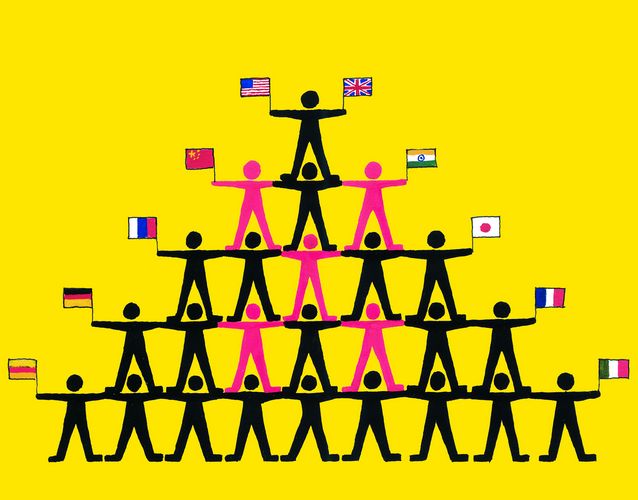And so it continues. In spite of a few temporary setbacks, the credit markets have remained robust for yet another year, with cash-rich investors providing a solid foundation on which borrowers can build. Although issuers have been more than happy to indulge this demand, supply has still been eagerly snapped up as buyers look to put all that money to work.
The background to this continuingly positive overall environment in global credit markets is created by the potent mix of ongoing mega-deal speculation, increasing institutional liquidity and sectoral consolidation. Taken together, they look set to make the second half of 2007 yet another highly charged period for the global M&A industry.
Add in the fact that spreads remain historically tight, and the result is that despite the huge facilities being requested by borrowers, conditions in both the European and US syndicated loan markets remain remarkably borrower friendly. An important factor is that with borrowers on both sides of the Atlantic already refinanced with cheap back-up lines, it is acquisition-related borrowing that is providing the bulk of new supply in the loan market.
Perhaps the most obvious concern in the generally benign outlook is the US sub-prime market, which has been grabbing all the attention of late, whether in the press or at the drinks parties during the recent Global ABS conference in Barcelona. But global ABS is far from being a one-trick pony, and while sub-prime suffers, other asset classes – such as cards and autos – and other jurisdictions – the UK and Australia – are on a roll.
As borrowers seek to use the capital markets in a more integrated fashion, it is a natural development that the European leverage loan and high-yield bond investor bases are converging, just as they have already done in the US. As a result, lending terms and pricing are under real pressure right across the leveraged finance market, giving borrowers another boost.
In the emerging market arena, with EM sovereigns reducing their hard-currency liability exposure and putting an increasing emphasis on their own markets, domestic debt has become a mainstay of international EM portfolios. Foreign investors have learnt past lessons here, and profited nicely from rates and FX plays as comfort levels and experience with the asset class grows.
As well as analysing the major trends in global borrowing over the past year, this report contains profiles of more than a dozen entities that have been active in the debt markets.
Huge loan financings to support M&A activity have put Enel, Porsche, Prosieben and TXU in the headlines, and we look at the role these jumbo financings played in these deals.
In straight bonds, the Hellenic Republic continues to demonstrate its commitment to markets, and tops the league table for sovereign borrowers during the period under consideration (May 1 2006 to April 30 2007).
Among financials, we profile Bank of Ireland group, which has a broad approach to funding, and Lloyds, which has made a belated – but notable – commitment to the RMBS market, as well as Morgan Stanley, which has been tapping non-dollar markets for diversity and cheaper funding.
Among emerging market credits we have the Republic of Turkey, navigating the markets in a year marked by two elections; Brazil's mighty CVRD, and Reliance, an Indian group with a history of innovative capital markets activity.
A catholic selection of Toyota, Freddie Mac, convertible bond issuer Nakheel round off this year's selection.
